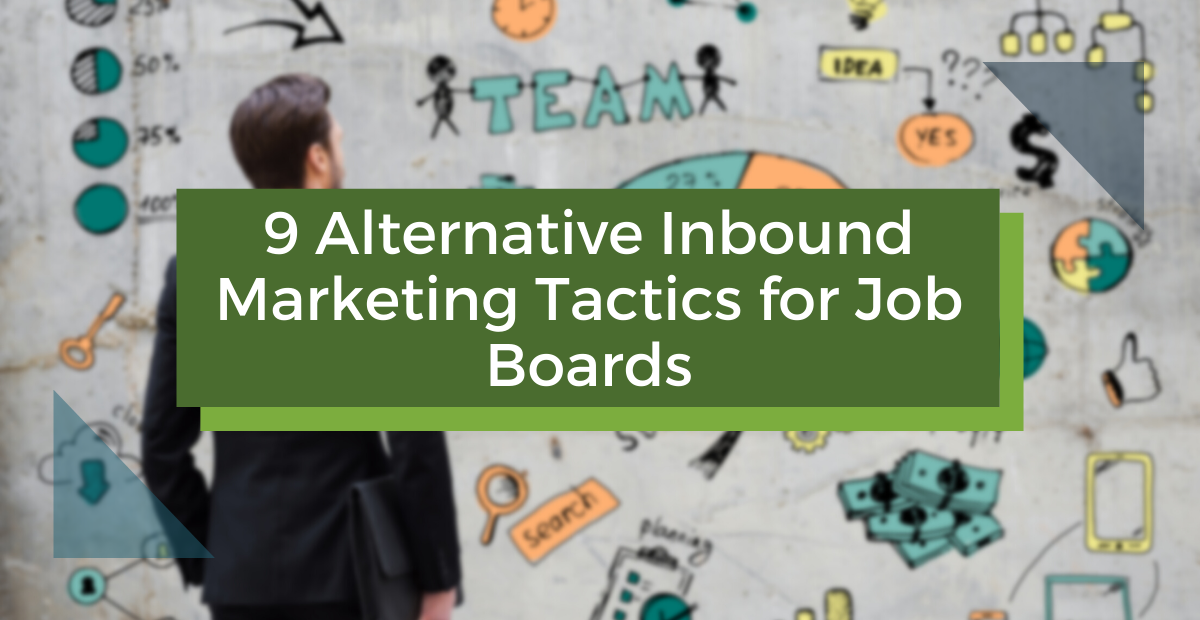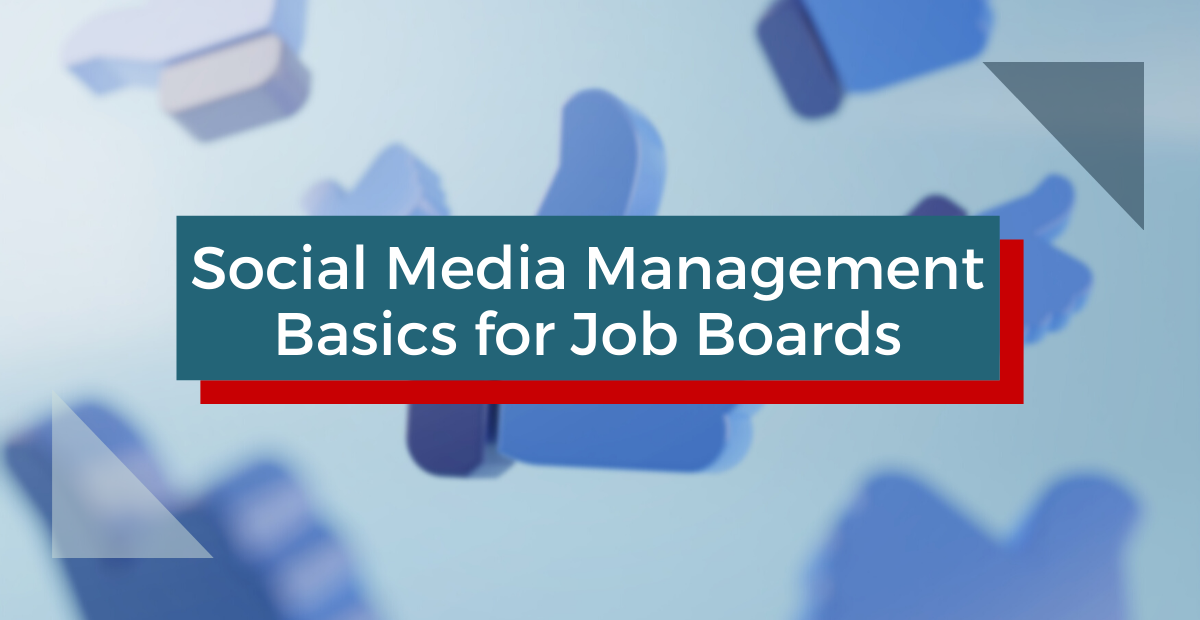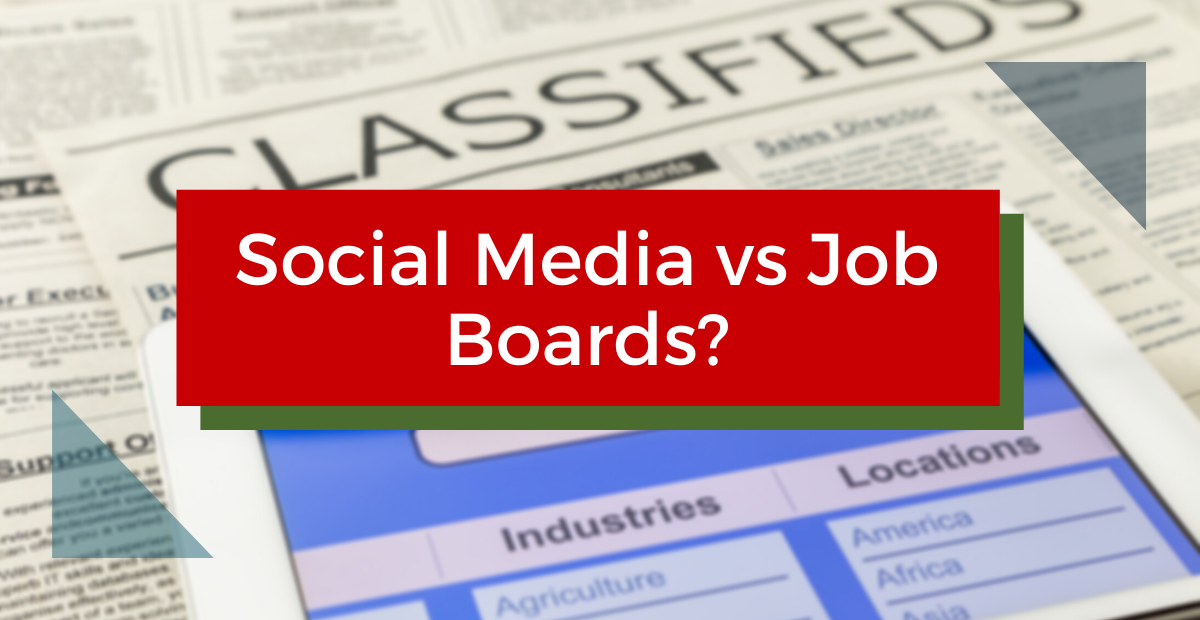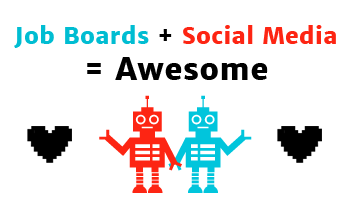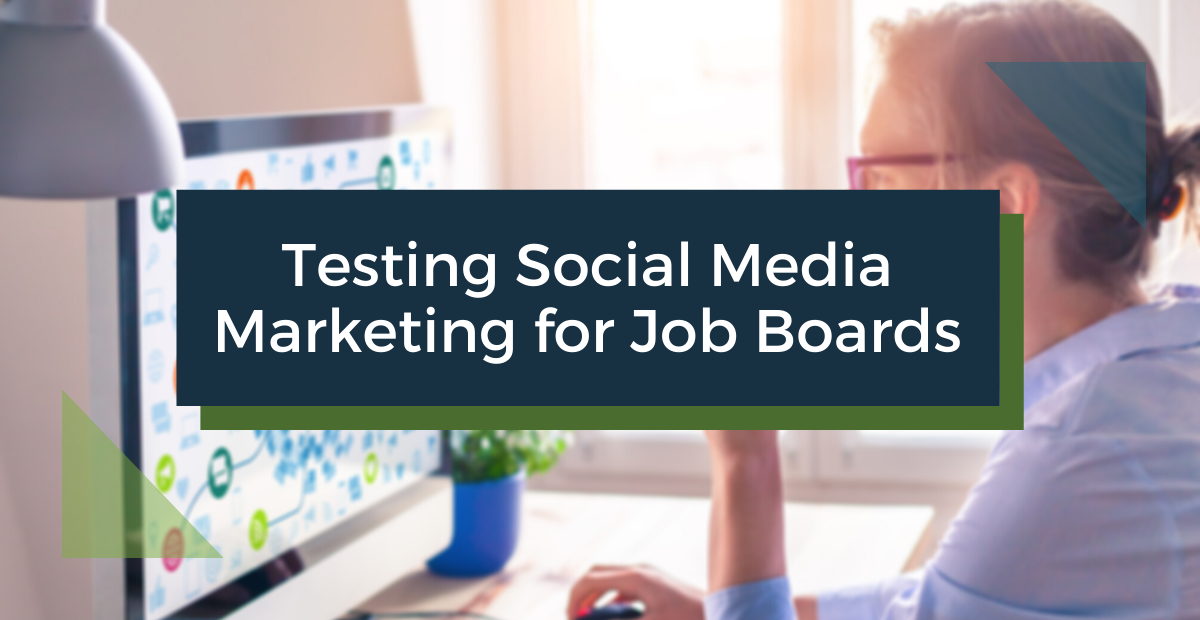The concept of inbound marketing is based around getting people to come to you, to discover you, and seek you out.
This is different from outbound marketing, which includes more traditional methods like exhibiting at tradeshows, airing commercials (on TV, radio, even YouTube, etc.), print advertisements (in magazines, newspapers, billboards, mailed flyers and brochures, etc.), outbound calls (telemarketing!) and emails.
These methods are usually regarded as more disruptive, in that you are interrupting the target audience to communicate your marketing message. They also can cost more in terms of services and production, and they tend to be more difficult to track direct ROI.
Inbound marketing, on the other hand, is tailored more towards the Internet user of today. If you want to learn about something, you Google it. If I want to buy a new laptop, I’m going to check out the prices and specs online first. I might read reviews or ask on social media if anyone has any recommendations or experience with the model I’m considering buying.
The same goes for job search, recruiting, and all sorts of business challenges.
The number one task of inbound marketing for job boards is:
Be Discoverable!
“Build it and they will come” does not apply to online businesses in 2016. You need to make yourself discoverable through the content on your site, basic SEO, and your messaging and branding. This is in addition to your job board-specific content.
First thing’s first: Who are you? Who are you trying to reach? What do you want them to do? Why should they do it? How can they do it?
You need all those questions answered. And they should also be answered for anyone who arrives on your job board.
Continue reading “Generating Inbound Traffic to Your Job Board”

